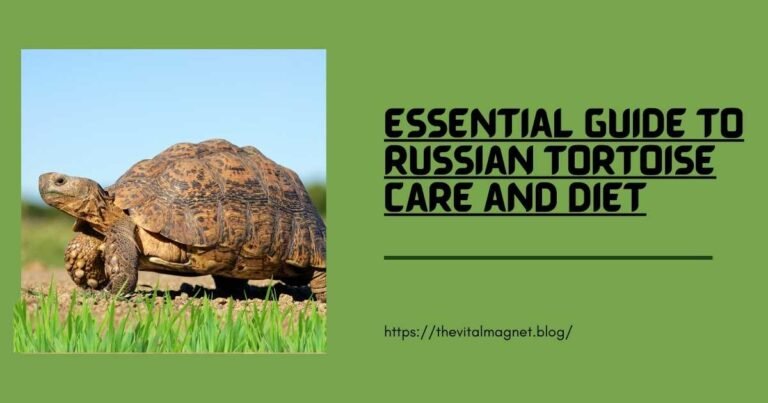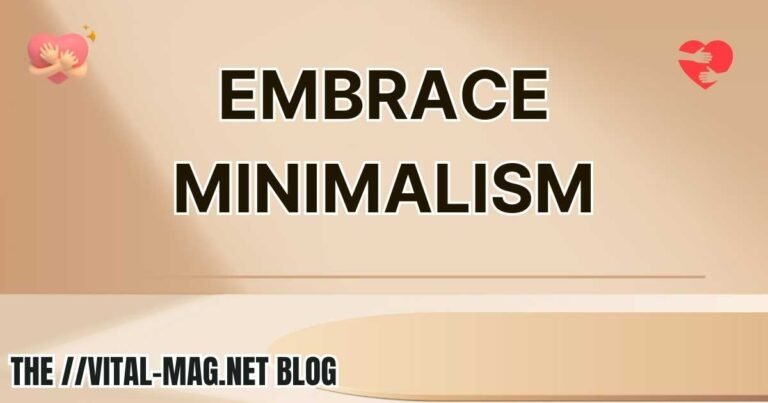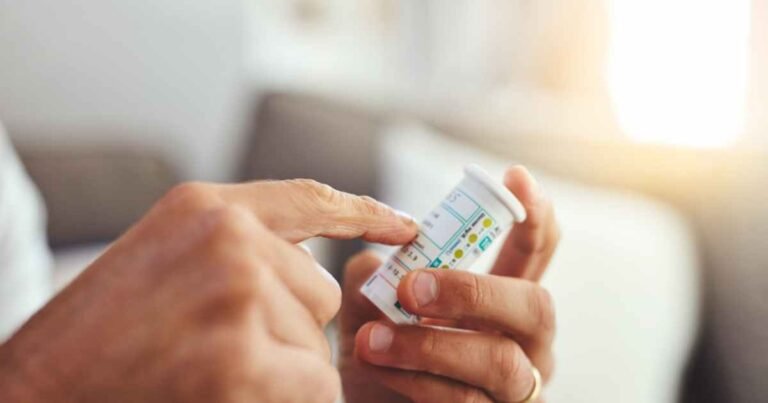Body Piercing Guide: Safety, Healing, and Aftercare Tips

Body piercing is more than just fashion—it’s personal expression, identity, and sometimes even a rite of passage. But behind the glitter of jewelry lies a need for responsibility. Knowing the process, risks, and proper care can make the difference between a beautiful result and a painful complication, whether it’s your first ear piercing or a bold body modification.
What Is Body Piercing?
Body piercing is a form of body art where a trained professional creates a small hole in the body using a sterilized, hollow needle and then inserts jewelry. Different areas of the body can be pierced, such as:
- Ears (lobes and cartilage)
- Nose (nostrils, septum, bridge)
- Eyebrows, lips, and tongue
- Navel (belly button)
- Nipples and genitalia
Important Tip: Avoid piercing guns. They can cause tissue trauma and are harder to sterilize, raising infection risks. Always go to a reputable studio that uses single-use needles.
Is It Legal for Teens?
In places like California, teens can get pierced with parental consent, but regulations vary widely. Always check your local laws. If you’re underage, your parent may need to be physically present and sign consent forms.
How Do Piercings Heal?
Healing starts as soon as the piercing is done. Your body forms epithelial cells around the jewelry, which helps protect it from bacteria. However, the internal tissue can remain sensitive even after surface healing for months.
Healing Timeline by Piercing Type
| Piercing Location | Average Healing Time |
|---|---|
| Earlobe | 6–8 weeks |
| Ear cartilage | 4 months – 1 year |
| Eyebrow | 6–8 weeks |
| Nostril | 2–4 months |
| Nasal Septum | 6–8 weeks |
| Nasal Bridge | 8–10 weeks |
| Tongue | 4 weeks |
| Lip | 2–3 months |
| Nipple | 3–6 months |
| Navel | 4 months – 1 year |
| Female Genitalia | 4–10 weeks |
| Male Genitalia | 4 weeks – 6 months |
| Cheek | 4–5 months |
Reminder: Just because it looks healed doesn’t mean it is. Always treat the area gently for several months.
Aftercare: How to Keep It Clean
General Cleaning Tips
- Always wash your hands before touching the piercing.
- Use saline solution (1/4 tsp salt in 1 cup warm water) to clean the area twice daily.
- Avoid alcohol, hydrogen peroxide, or harsh soaps.
- Don’t rotate jewelry dry. Use warm water first.
- Keep makeup, perfumes, and sprays away from the area.
- Wear breathable clothing around piercings like the navel.
Piercing-Specific Care
Ear & Facial Piercings:
- Change pillowcases regularly
- Avoid sleeping on the piercing
Oral Piercings:
- Rinse with alcohol-free mouthwash after eating
- No smoking, kissing, or alcohol during healing
Navel & Body Piercings:
- Avoid belts or tight clothing
- Sleep on your back to prevent irritation
Signs of Infection: When to See a Doctor
- Throbbing pain or persistent redness
- Yellow-green discharge or pus
- Red streaks radiating from the area
- Fever or chills
Warning: Never remove jewelry if infected without medical advice. It could trap the infection.
Jewelry Allergies & Metal Sensitivities
It might be a reaction to the metal if you feel itching, redness, or discomfort after a piercing.
Best Hypoallergenic Metals:
- Surgical-grade stainless steel (316L)
- Titanium
- Niobium
- 14k or 18k gold (yellow or palladium white)
Avoid nickel-based or cheap costume jewelry.
Oral Piercings: Dental Damage Risks
The American Dental Association warns of risks like:
- Chipped teeth
- Gum recession
- Excess saliva
- Persistent bad breath
Protect yourself:
- Don’t play with the jewelry
- Brush and floss daily
- Visit your dentist regularly
Piercing Safety Checklist
- ✅ Choose a licensed professional piercer
- ✅ Ensure they use new, sterile needles
- ✅ Ask for non-toxic, hypoallergenic jewelry
- ✅ Follow aftercare religiously
- ✅ Avoid swimming pools during healing
- ✅ Never change jewelry too early
Common Myths Busted
Myth: Piercing guns are safe.
Truth: They crush tissue and increase infection risks.
Myth: Alcohol is a good cleaner.
Truth: It dries out and irritates the wound.
Myth: You can tell virginity by the hymen.
Truth: Hymens vary and can break from non-sexual activities.
FAQs
Q1: How long before I can change my jewelry?
A: Wait for the full healing time for your piercing. Ask a piercer first.
Q2: Is crusting normal?
A: Yes, some white discharge that dries is normal.
Q3: Can I swim with a new piercing?
A: No, it increases infection risk.
Q4: What if I get a bump near my piercing?
A: Use saline soaks. If it persists, consult a piercer or doctor.
Q5: Does piercing hurt?
A: It’s usually brief. Professionals minimize discomfort.
Q6: Should I remove infected jewelry?
A: No. It can worsen infection. Always see a doctor.
Final Thoughts
A piercing isn’t just an accessory—it’s a commitment. With proper care and informed decisions, your piercing can be a beautiful, long-lasting self-expression. Choose wisely, care consistently, and listen to your body.
Stay safe. Stay stylish.






